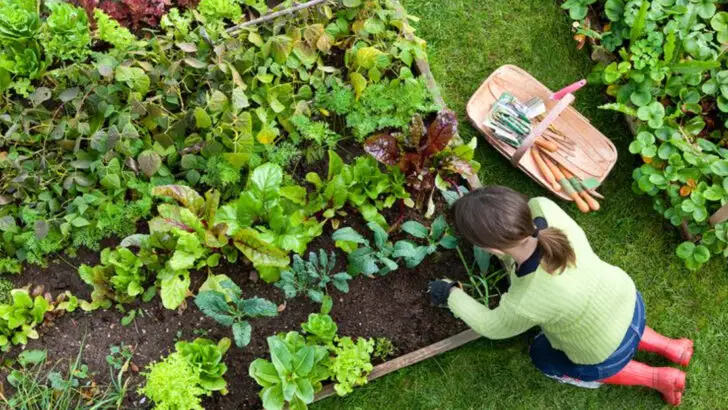You’ve got the seeds, the soil, the tools—and the dream. But if your garden isn’t thriving like those Pinterest-perfect plots, you’re not alone. Across the U.S., first-time and beginner gardeners are jumping into the grow-your-own movement with enthusiasm—only to end up frustrated by limp tomatoes, stunted squash, or soil that just won’t cooperate.
The truth? It’s usually not the plants—it’s the little things we do (or forget to do) along the way. From overwatering in humid states to planting the wrong crops for your USDA zone, these mistakes don’t make you a failure—they make you normal. Gardening is a skill, and like anything, it takes trial, error, and a bit of solid advice.
So before you give up on your backyard dreams or spend hundreds on “fixes,” take a breath. We’ve rounded up 16 of the most common missteps new American growers make, based on climate, region, and experience—and more importantly, how to fix them fast. Because your garden shouldn’t just survive—it should feed you, ground you, and grow with you.
Overwatering
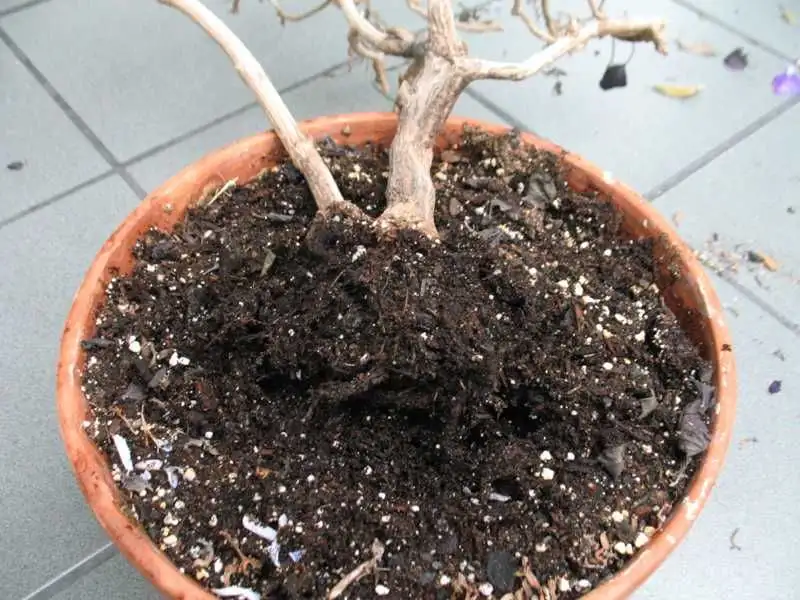
Is your enthusiasm for nurturing plants leading to waterlogged soil? Overwatering is a prevalent error among new gardeners. While plants need water to thrive, too much can suffocate roots and encourage fungal growth.
Consider the plant’s specific moisture needs and the type of soil you’re working with. Implementing a schedule that aligns with your plant’s requirements can prevent this wet dilemma.
A moisture meter might be a valuable investment, offering precise insight into when your plants genuinely thirst. This mindful approach ensures robust growth and reduces the risk of drowning your precious seedlings.
Ignoring Soil Quality
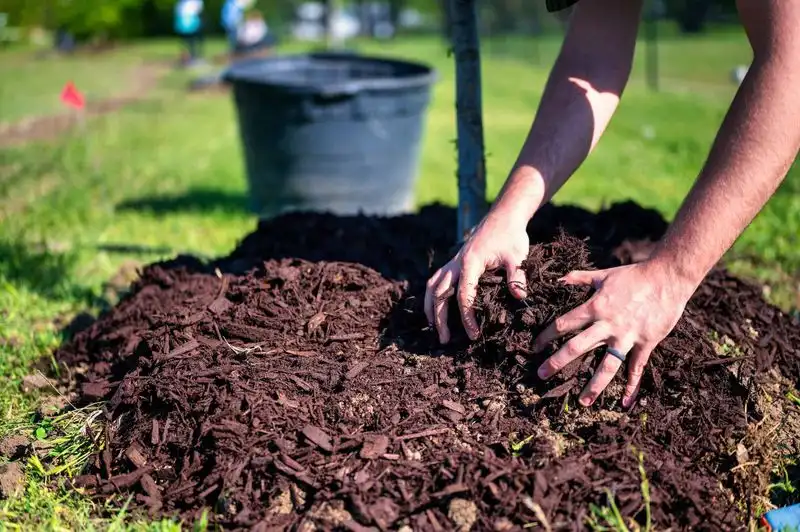
Your plants’ foundation is the soil, yet many overlook its importance. Ignoring soil quality can lead to stunted growth and poor harvests. Testing your soil reveals vital information about pH levels and nutrients.
Amending with organic matter, such as compost, can significantly enhance its quality. This enriches the soil and improves its structure and fertility.
Healthy soil is the backbone of any successful garden, laying the groundwork for plants to thrive. By prioritizing soil health, you set the stage for a lush, productive garden.
Planting Too Early
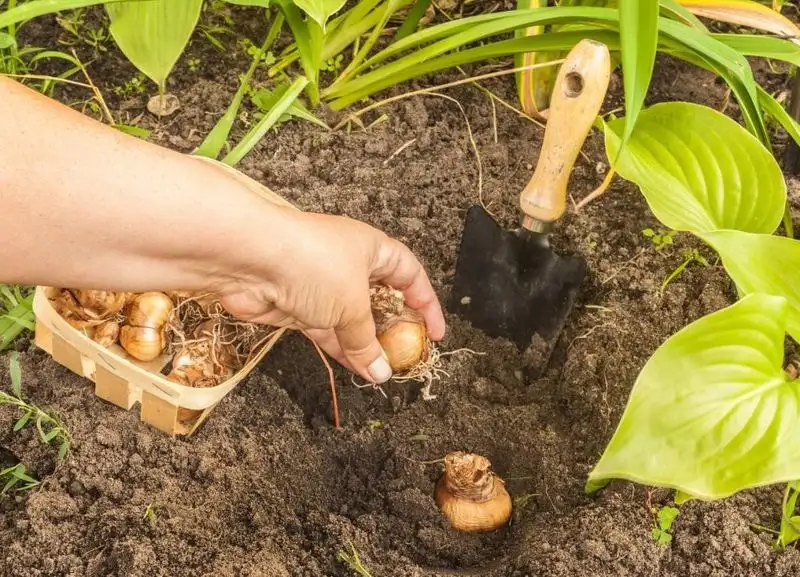
Eager to see green sprouts, many plant too soon, risking frost damage. Understanding your local frost dates is crucial to avoid this chilly setback. Early planting can expose tender seedlings to cold shock.
Consult a gardening calendar or local extension service for guidance. Patience pays off when timing aligns with nature’s cues for warmth and growth.
This foresight ensures your plants emerge in favorable conditions, leading to vigorous development and bountiful yields.
Crowding Plants
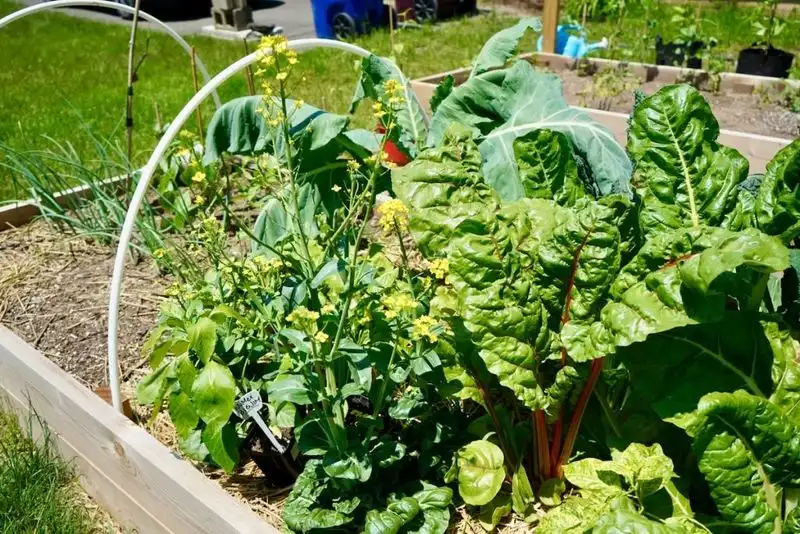
A desire for abundance may lead to cramming plants together. However, this can result in competition for resources like sunlight, water, and nutrients.
Proper spacing helps each plant access what it needs to flourish. Understanding the mature size of your plants guides your placement decisions.
A well-planned layout encourages airflow, reducing the risk of disease and fostering robust growth. By allowing room to breathe, your garden can reach its full potential.
Neglecting Pest Control
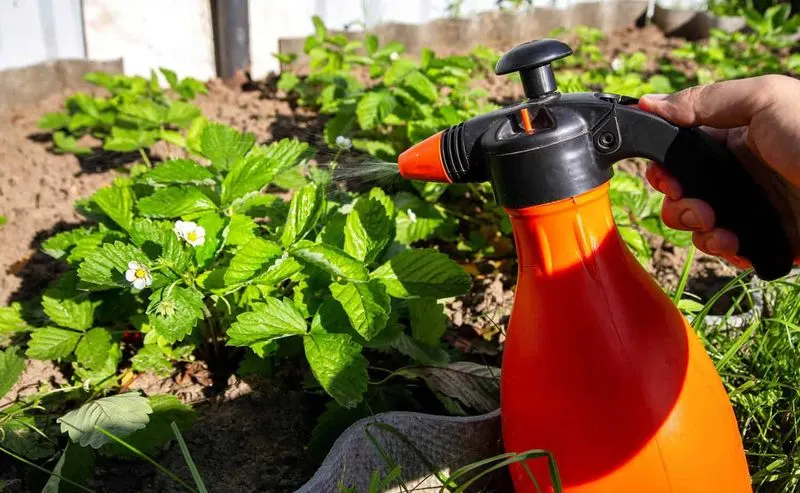
Pests may be small, but their impact can be significant. Ignoring pest control can lead to ravaged plants and diminished harvests.
Regular inspection helps catch infestations early. Employing natural remedies or beneficial insects can manage pests effectively without chemicals.
A proactive approach to pest management safeguards your garden’s health and productivity. By staying vigilant, you can protect your plants from unwanted invaders.
Wrong Plant Selection
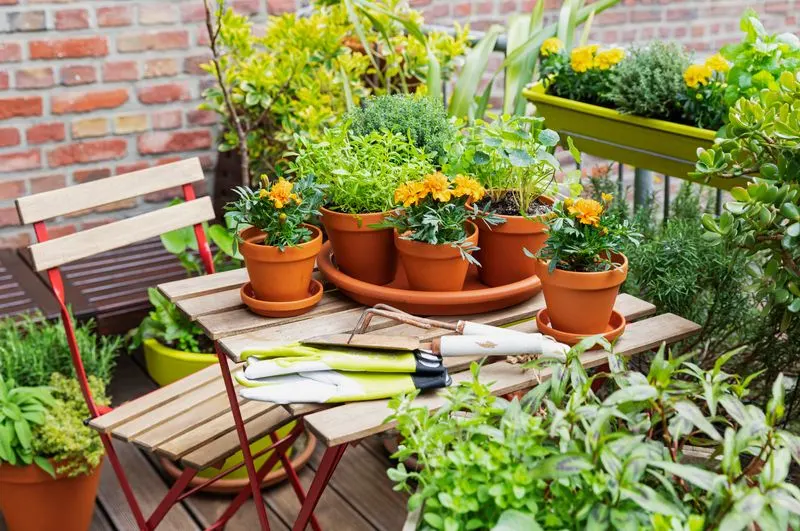
Choosing plants unsuited to your climate or soil can spell disaster. Research is key to selecting varieties that will thrive in your environment.
Consider your local climate, soil type, and available sunlight when shopping for plants. This mindful approach ensures you choose species that will prosper.
By aligning your selections with your garden’s conditions, you pave the way for successful cultivation and beautiful blooms.
Forgetting to Prune
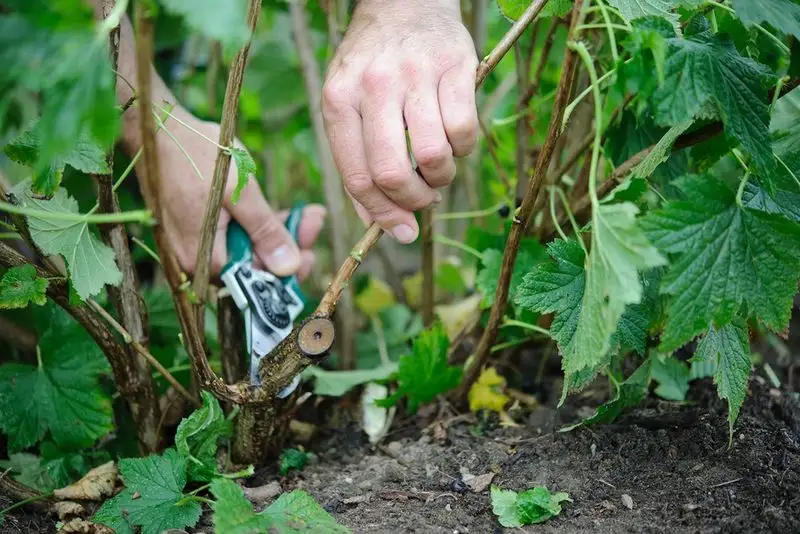
Pruning may seem unnecessary, yet it’s vital for plant health. Forgetting to prune can lead to tangled branches and reduced flowering.
Regular trimming encourages new growth and improves airflow, reducing disease risk. Timing is essential; learn the best pruning practices for each plant type.
An orderly garden not only looks appealing but also promotes vigorous and healthy plants. Embrace pruning as a regular gardening habit.
Ignoring Sunlight Needs
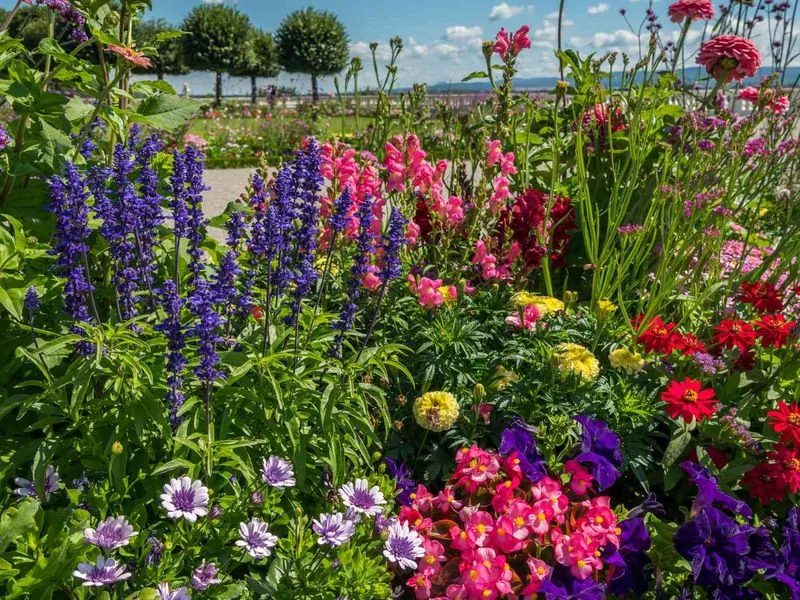
Plants have distinct sunlight preferences, and ignoring these needs can stunt growth. Understanding each plant’s light requirements ensures they receive optimal exposure.
Whether full sun or partial shade, placing plants correctly is crucial. Observing your garden’s sun patterns guides where to plant each species.
This attention to light conditions helps create a thriving, vibrant garden. Respecting your plants’ sunlight desires ensures robust development and flourishing blooms.
Not Rotating Crops
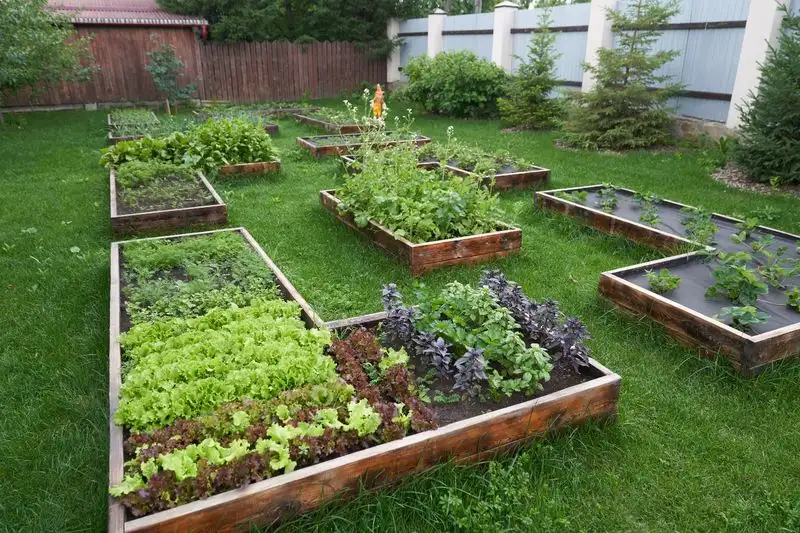
Year after year, planting the same crops in the same place depletes soil nutrients and invites pests. Crop rotation disrupts pest cycles and replenishes the soil.
Planning a rotation schedule maintains soil health and reduces disease risk. Changing your crop locations revitalizes the garden ecosystem.
By incorporating rotation into your routine, your garden remains productive and pest-resistant. This simple strategy yields long-term benefits.
Failing to Mulch
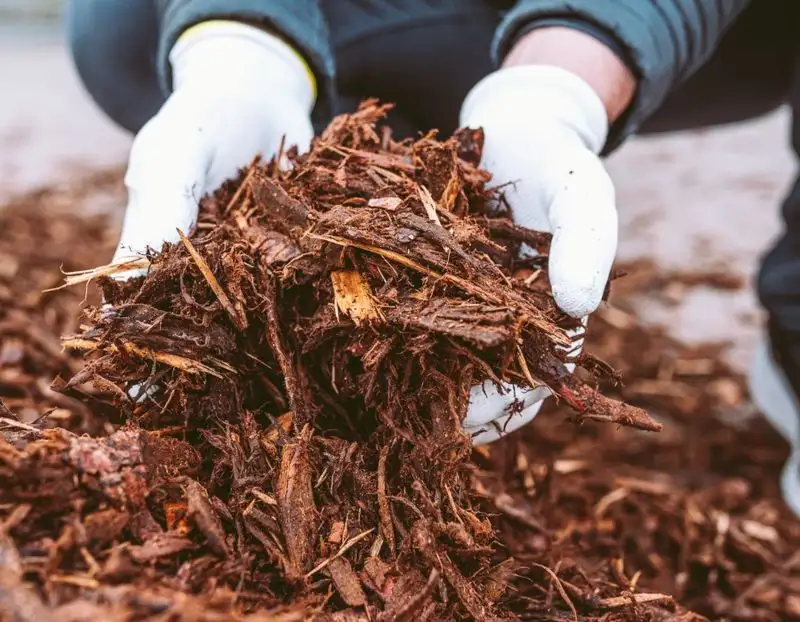
Mulch does more than beautify; it conserves moisture, suppresses weeds, and regulates soil temperature. Failing to mulch can lead to dry soil and rampant weeds.
Applying a layer of organic mulch provides essential protection and nourishment. Select materials like wood chips or straw to suit your garden’s needs.
This simple addition enhances your garden’s health and appearance, promoting vigorous growth and reducing maintenance efforts.
Improper Fertilization
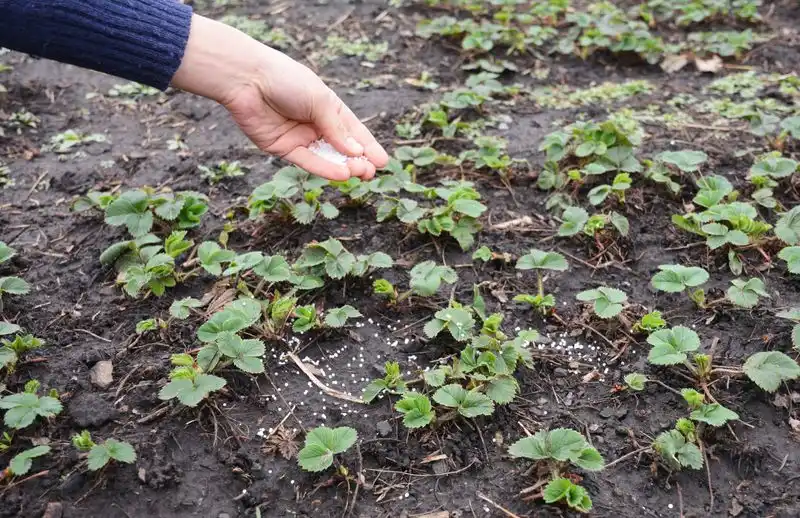
Fertilizers boost growth, but improper use can harm plants. Understanding nutrient needs prevents over- or under-fertilization.
Test your soil to determine deficiencies, then choose appropriate fertilizers. Timing and quantity are crucial for effective nourishment.
Proper fertilization fosters healthy, thriving plants, enhancing their resilience and yield. A balanced approach reaps bountiful harvests.
Using Poor Tools
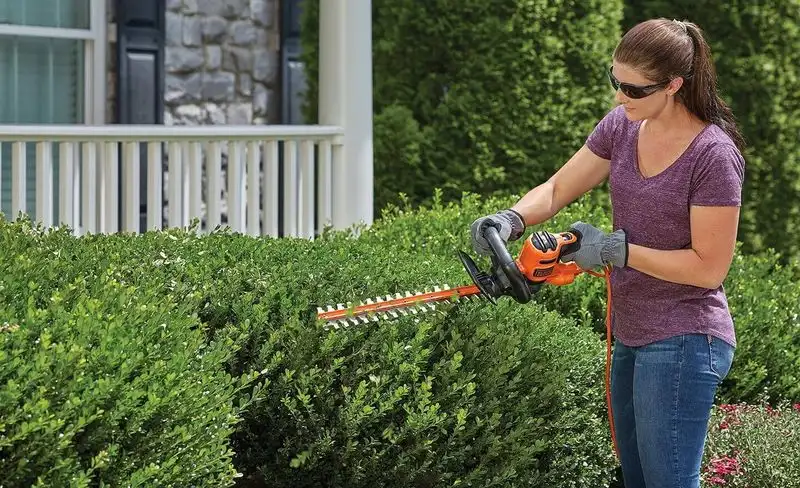
Tools are an extension of your gardening efforts, yet poor-quality or neglected tools can hinder progress. Investing in reliable, well-maintained tools makes tasks easier and more efficient.
Regular cleaning and sharpening extend their lifespan, ensuring they perform as needed. Quality tools support your gardening endeavors, reducing strain and improving results.
By valuing your tools, you enhance your gardening experience and outcomes. A sharp spade can be the difference between struggle and success.
Lack of Patience
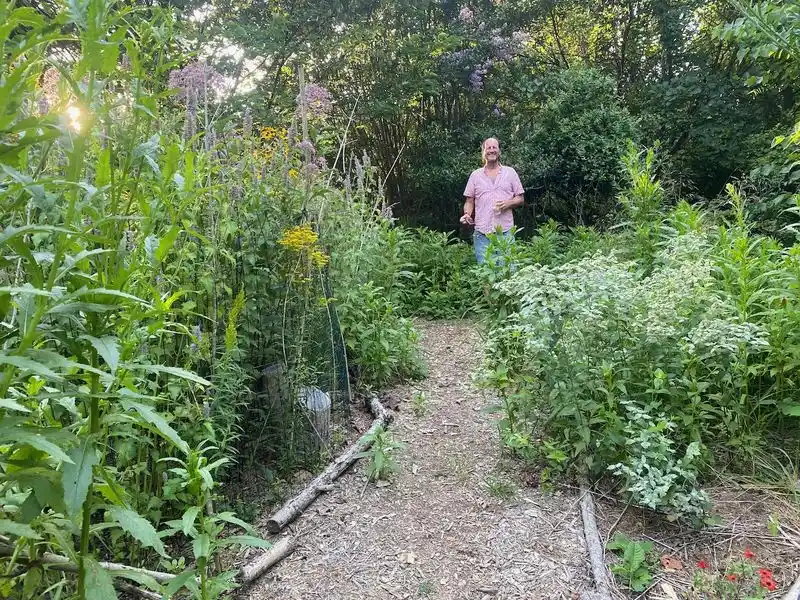
Gardening is a journey, not a race. Impatience can lead to rash decisions, like over-fertilizing or premature harvesting.
Allow plants the time they need to mature naturally. Recognize that growth and blooms happen in their own time.
Cultivating patience fosters a deeper connection with your garden, teaching valuable lessons in timing and care. This understanding enhances the joy of gardening.
Disregarding Companion Planting
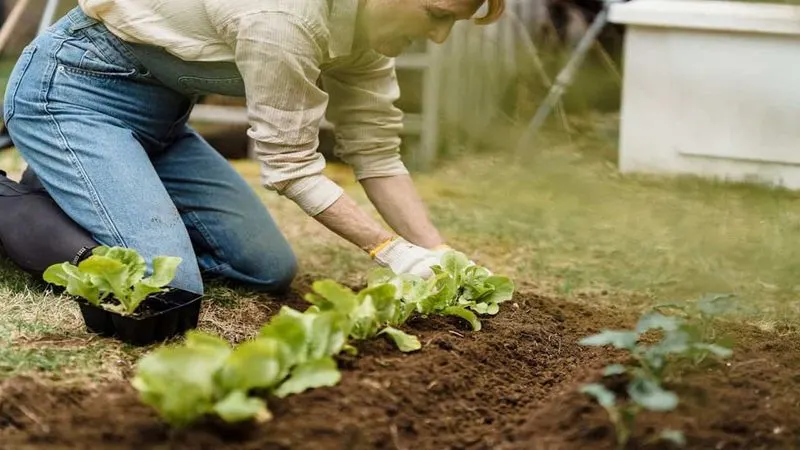
Companion planting pairs mutually beneficial plants, enhancing growth and deterring pests. Disregarding this can miss out on natural advantages.
Research plant partnerships that promote health and productivity. Combining the right companions optimizes space and resources.
Embracing these natural alliances fosters a thriving, balanced garden ecosystem. It’s a simple strategy with powerful effects.
Ignoring Local Climate
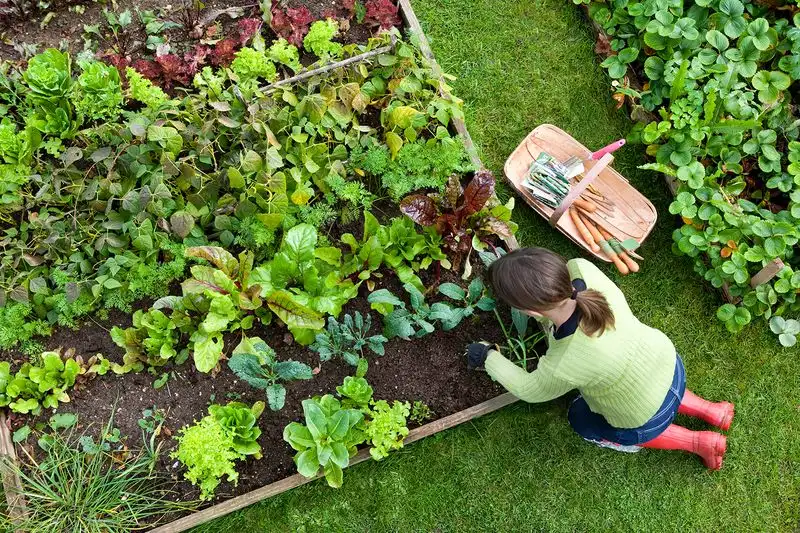
Understanding your local climate is key to successful gardening. Ignoring these conditions can result in poor plant performance and unexpected challenges.
Select plants suited to your area’s weather patterns. This consideration ensures resilience and adaptability.
By aligning your garden with the climate, you create a harmonious and productive environment. Knowledge of local weather is a gardener’s ally.
Overlooking Garden Design
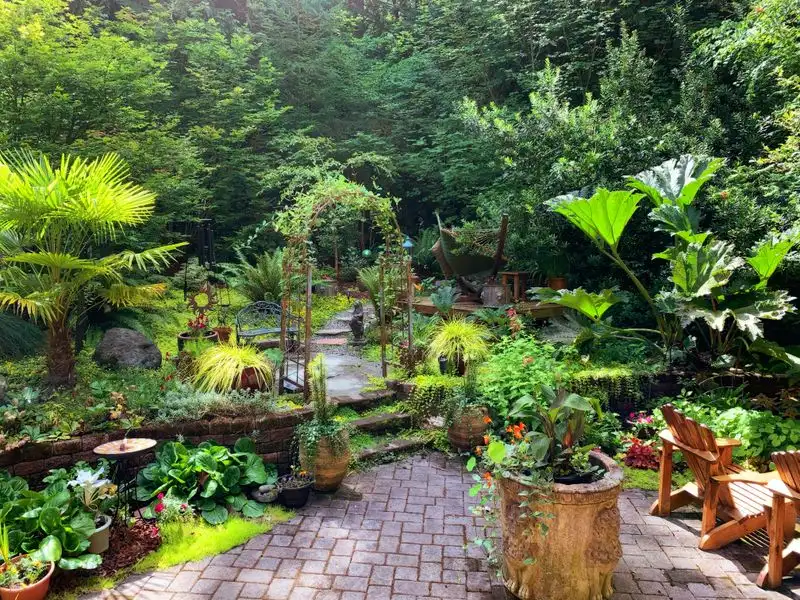
A garden’s design impacts both aesthetics and functionality. Overlooking this can lead to disorganization and inefficient use of space.
Consider pathways, zones, and plant groupings to optimize flow and maintenance. A thoughtful design enhances the garden’s beauty and usability.
By planning your layout, you create a space that delights and inspires. A well-designed garden is a joy to tend and behold.

